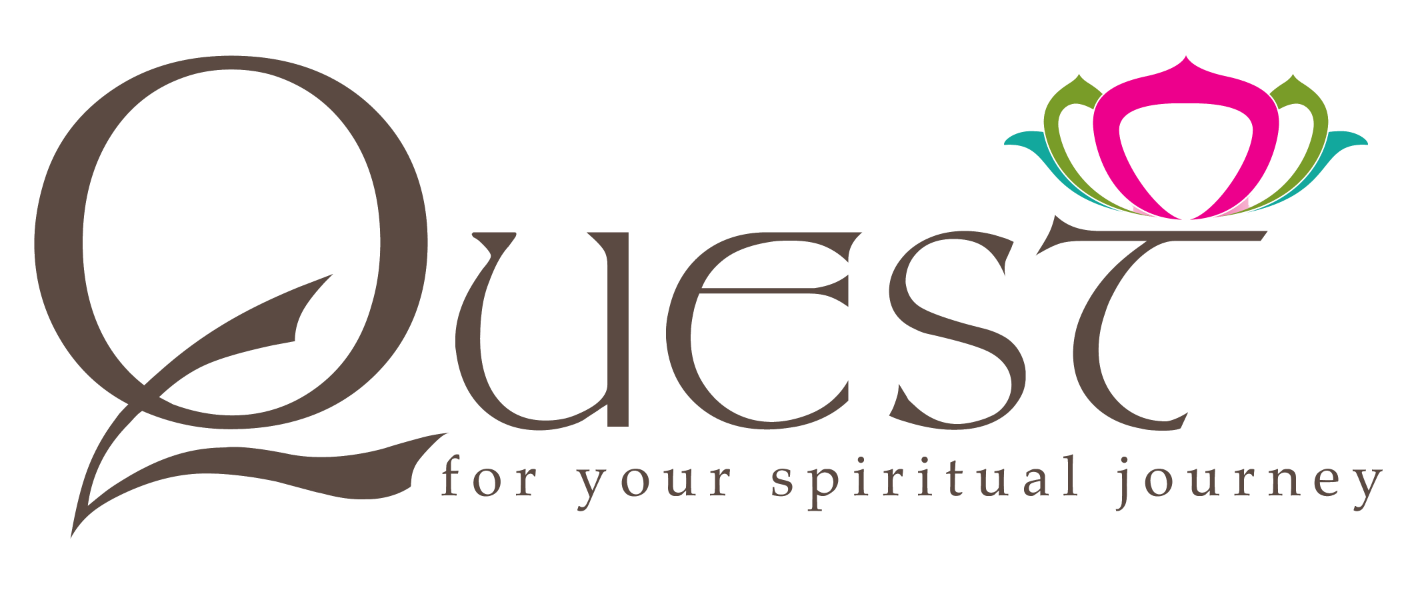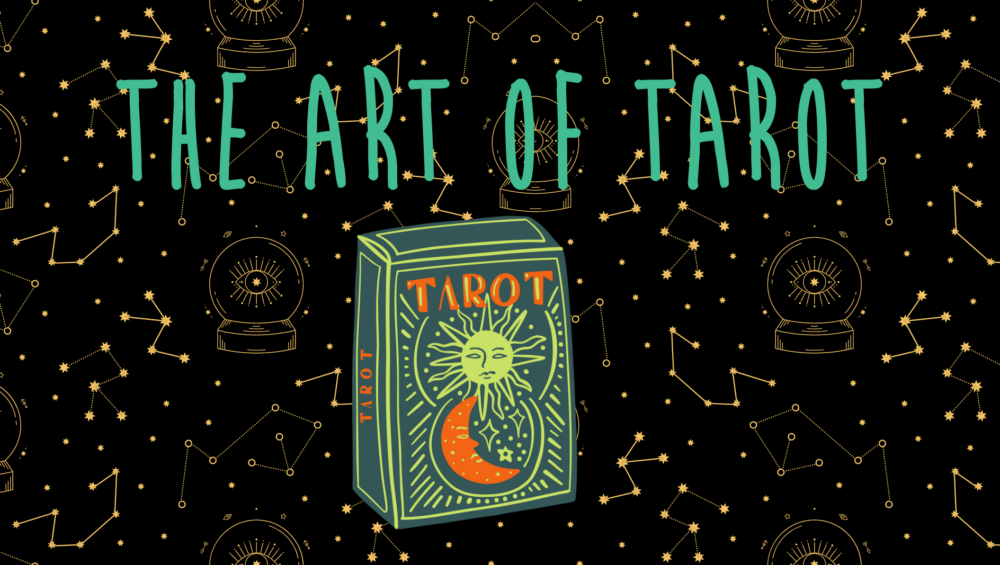Welcome to the mystical realm of Tarot! Delve into a world of ancient symbolism, intuitive guidance, and cosmic energies. The art of Tarot holds secrets of the past, present, and future, unveiling mysteries within each card’s intricate illustrations. Embark on a journey of self-discovery, spiritual growth, and profound insights as we explore the Tarot’s wisdom together. Let the cards speak their language, and let us unlock the enigmatic truths that lie within, guiding us towards clarity and enlightenment. Trust in the Tarot’s magic, and let the enchanting adventure begin!
History of Tarot
Ah, the captivating history of Tarot! Its origins are veiled in mystery, but Tarot likely emerged in the 14th century as a card game in Italy, France, and Spain. It wasn’t until the late 18th century that Tarot began its journey into divination and esoteric practices. Occultists like Antoine Court de Gébelin and Etteilla started attributing deeper meanings to the cards, linking them to ancient wisdom and mystical systems.
In the late 19th and early 20th centuries, influential figures like Arthur Edward Waite and Pamela Colman Smith created the Rider-Waite Tarot deck, revolutionizing the art with rich symbolism still widely used today. Tarot’s popularity soared in the 20th century, further expanding its associations with spirituality, psychology, and self-discovery.
Today, Tarot remains a beloved tool for seekers of wisdom, offering profound insights and guidance on life’s journey. Its allure lies in the endless interpretations and personal connections individuals form with the cards, making it a timeless treasure of the metaphysical world.
About the Cards
The tarot deck consists of 78 cards, each with its own unique meaning and symbolism. The cards are divided into two groups: the Major Arcana and the Minor Arcana. The Major Arcana consists of 22 cards, while the Minor Arcana consists of 56 cards, divided into four suits: Wands, Cups, Swords, and Pentacles. Let’s talk about the differences between Major and Minor Arcana. Picture this: Major Arcana cards are the big players, carrying potent energies and representing major life events and spiritual revelations. They’re like the stars of the show, guiding us through significant turning points. On the other hand, Minor Arcana cards are the supporting cast, reflecting everyday situations and emotions. They’re like colorful puzzle pieces, forming a detailed picture of our daily lives. Together, they create a harmonious dance, offering profound insights and shaping the captivating tapestry of Tarot readings.
How Does a Reading Work?
A Tarot reading is like a cosmic conversation between the cards and the reader. The querent (person seeking guidance) asks a question or seeks insights, and the reader shuffles the deck, infusing it with their energy. Cards are then drawn and arranged in spreads, each position holding significance. The reader interprets the cards’ symbolism, connecting them to the querent’s situation. Intuition and the reader’s understanding of Tarot guide the process, unraveling the profound messages and offering valuable perspectives for the querent’s contemplation and growth. Among the myriad of Tarot spreads, some popular ones include the Celtic Cross, a comprehensive layout for general readings; the Three-Card Spread, offering past, present, and future insights; and the Relationship Spread, focusing on partnerships. The simple One-Card Spread is also commonly used for daily guidance. Each spread provides a unique perspective, allowing readers to explore various aspects of life. At Quest, we have the wonderful Pauline Walsh with us every Friday and Saturday. Pauline is our resident Medium Clairvoyant and Tarot reader. To book a reading with Pauline, please give us a call on 01372 878606.
If you like what you’ve read and would love more magic in your daily life, sign up to our newsletter, pop into store or visit us online at www.spiritualquest.co.uk – Quest is a close, family run business that has been open for over 17 years – we have cultivated a shop & wellbeing centre filled with beautiful crystals, magical energies & lots of love and laughter!




